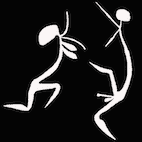Central desert aboriginal shields
Guide to beanwood Shields
Central desert Aboriginal shield are among the most iconic traditional weapons and cultural artifacts from the Central Australian. They are an elongated, oval-shaped convex shields crafted from Sturt’s bean tree (Erythrina vespertilio), a lightweight softwood ideal for hand-carving. These shields were utilized by several Indigenous groups including the Arrernte |Arunta, Luritja , Wakaya, Warlpiri Walmajarri, and Warumungu .
Shields vary in lenght from 60cm to 85cm.
Unpainted examples are common and sell for under $500 bucks painted examples where the artist has been identified can be far more collectable.
If you have a painted beanwood Shield also known as a Central desert shield please feel free to send me images via email of the front, back and side profile of the handle along with the size and i will let you know what it is worth.
The importance of the painted beanwood shield for many collectors is that it acted as a canvas. Many of Australia’s best know early papunya artists painted on shields. The shield however was traded far and wide so some Beanwood shields were painted in ArnhemLand or even Fitzroy crossing, far from where they originated.
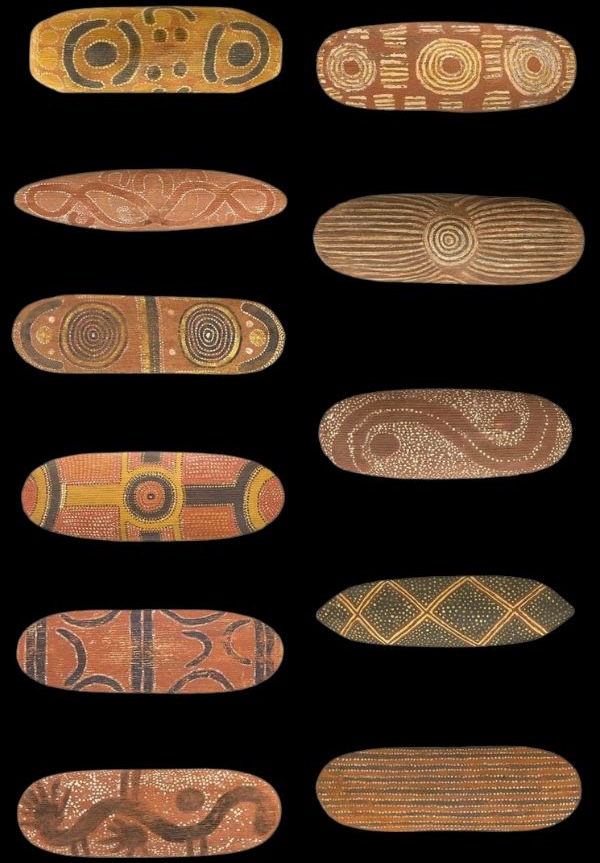
What Makes a Good painted Central desert Aboriginal shield ?
When it comes to collecting painted Aboriginal beanwood shields, it’s essential to be cautious, as not all painted shields were created by Aboriginal artists. Some plain shields have been painted by dealers or collectors to increase their value, and there are fakes on the market, often difficult to distinguish, especially with poor-quality images.
Age plays a significant role in determining value—older painted shields are generally more valuable than newer ones.
Design is another crucial factor; shields with traditional, aesthetic designs are worth more than those with less artistic merit.
The type of paint used also affects value, with shields painted in traditional ochre, charcoal, and pipe clay being more highly valued than those painted with European paints.
Provenance matters too—a shield with a known collection history is typically more valuable than one without.
The condition of the shield is key as well, with shields that have well-preserved pigments being more valuable than those with faded or damaged paintwork.
Size also influences value, with larger, broader shields generally commanding higher prices than smaller, narrower ones.
Finally, the quality of the shield’s craftsmanship, particularly older, well-carved shields, enhances its value as a canvas for artistic expression.
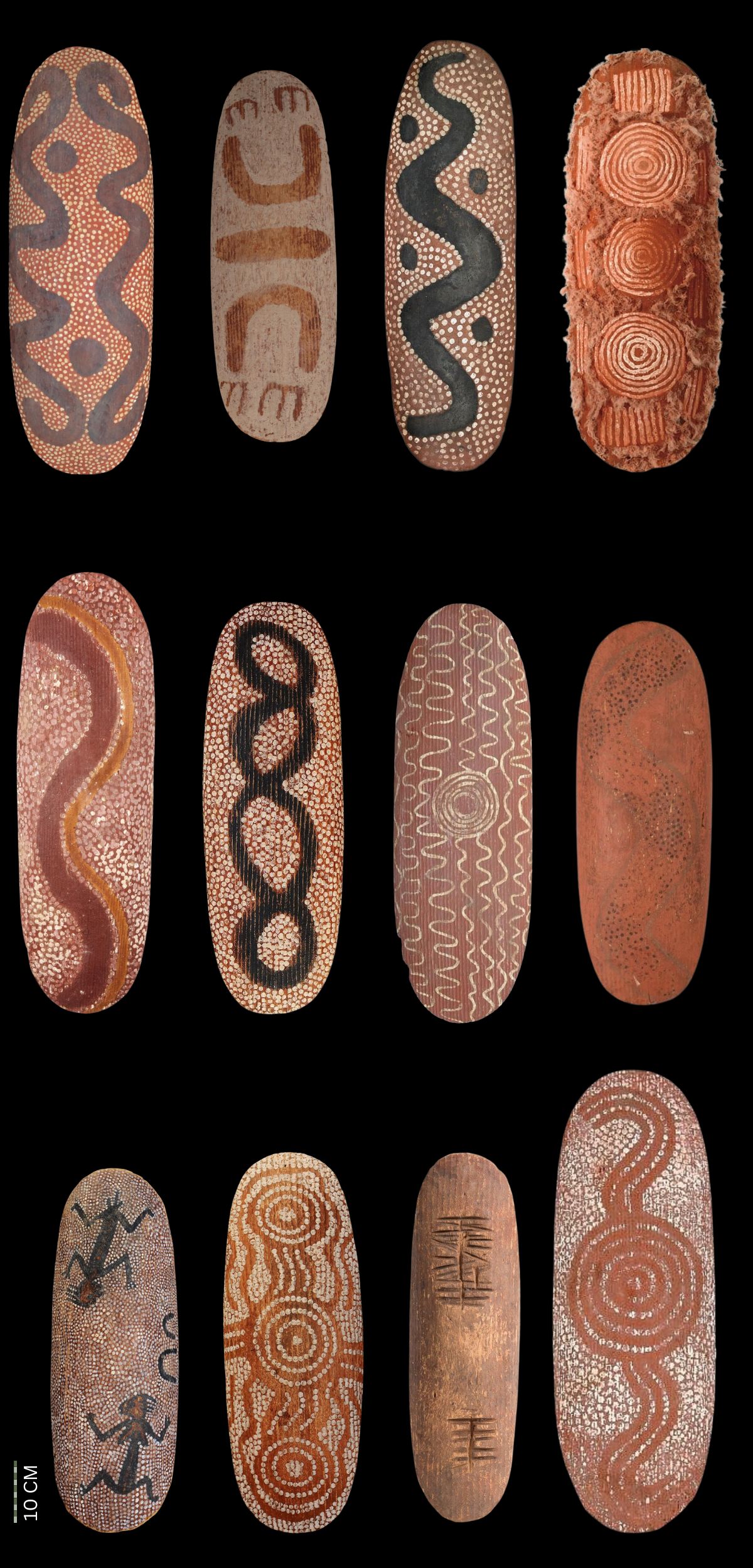
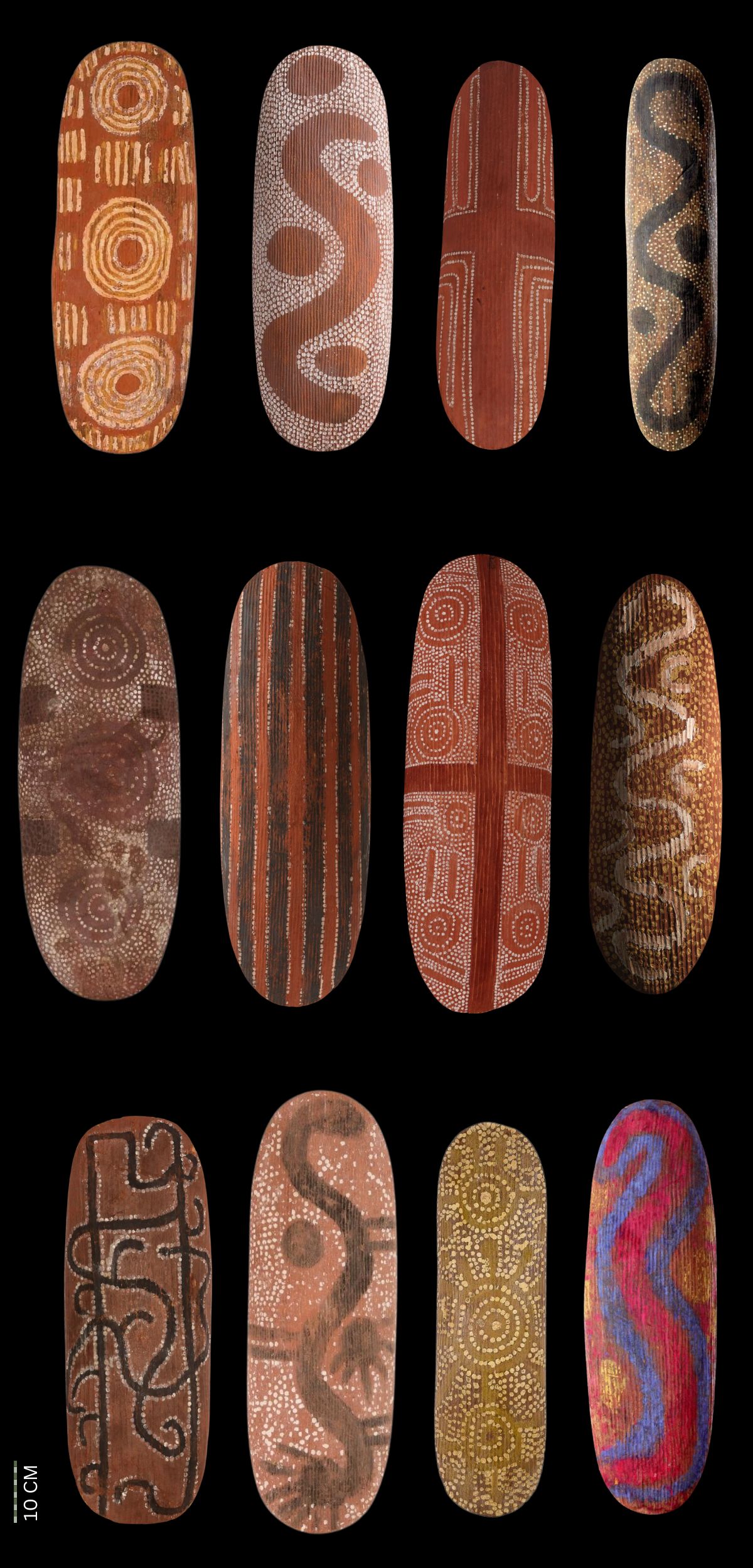
Shields by known Artists
The most valuable shields are those by famous Aboriginal artists. Establishing that a shield was definatively painted by a particular artistgreatly increases the shields potential value.
Central desert Aboriginal shield as spiritual objects
In spiritual and ritual contexts, shields held symbolic and divinatory power. The Arrernte believed that shields could warn of impending death by emitting a hollow ring. An undated photo in Customs of the World by Walter Hutchinson even depicts Arrernte women striking shields carried by men returning from an avenging party, highlighting their role in community rituals.
Significance of designs
Aboriginal art symbols on Central desert Aboriginal shield are highly design-specific and their meanings vary depending on the overall design they are part of. For example, a concentric circle may represent a waterhole in one design but signify a camp in another. Unlike letters or hieroglyphics, these symbols do not have fixed meanings on their own—they only convey specific meanings when integrated within a particular design. A design composed of multiple symbols can tell the story of a mythical ancestral hero’s journey, mapping out the path he took to his final resting place. The arrangement of these symbols not only tells the journey but also represents the location where the hero’s spirit now resides.
Unpainted shields
Originally used as defensive weapons to deflect spears and boomerangs, these shields also played important ceremonial and practical roles. Today, they are found in many Western Australian desert communities, a testament to the region’s complex trade networks.
Traditional Central Australian shield makers were renowned for their skill and precision. Using the sharp flint edges of spear-throwers, they carved even, parallel grooves across the surface of the shield—a hallmark of craftsmanship. If a shield broke or cracked, it was repaired with wet plant fiber, threaded through bored holes in the broken areas, which would tighten as the fibers dried, reinforcing the structure.
Beyond warfare, these shields held multiple cultural functions. Groups such as the Arrernte, Warlpiri, and Luritja highly valued shields as a means of fire-starting. Two men would create fire by placing the shield face-down, bracing it with their feet, and sawing the bladed edge of a spear-thrower rapidly across it until it smoldered, allowing them to blow the ember into a flame. This method was often used to rekindle extinguished fires.
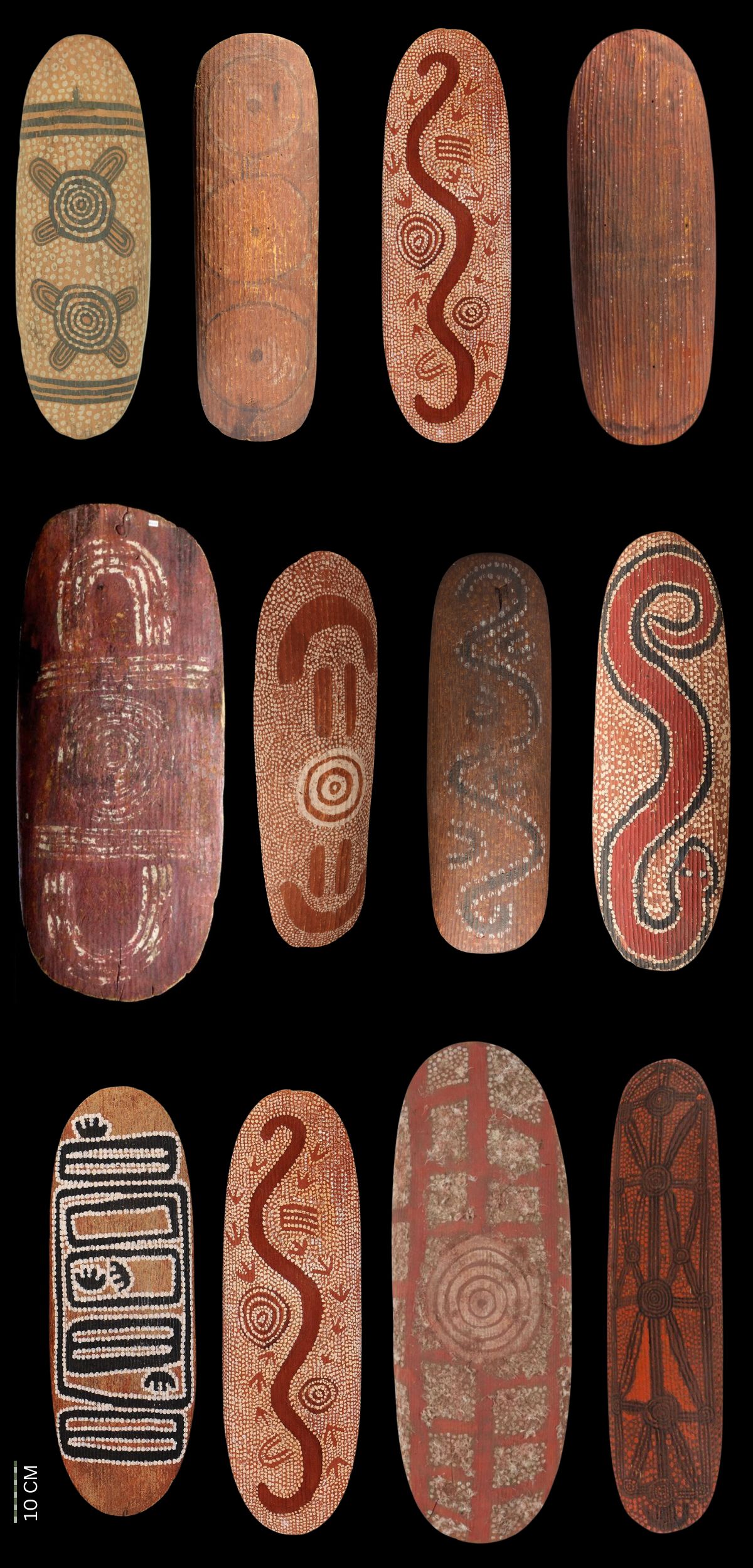
All images in this article are for educational purposes only.
This site may contain copyrighted material the use of which was not specified by the copyright owner.
Further reading
